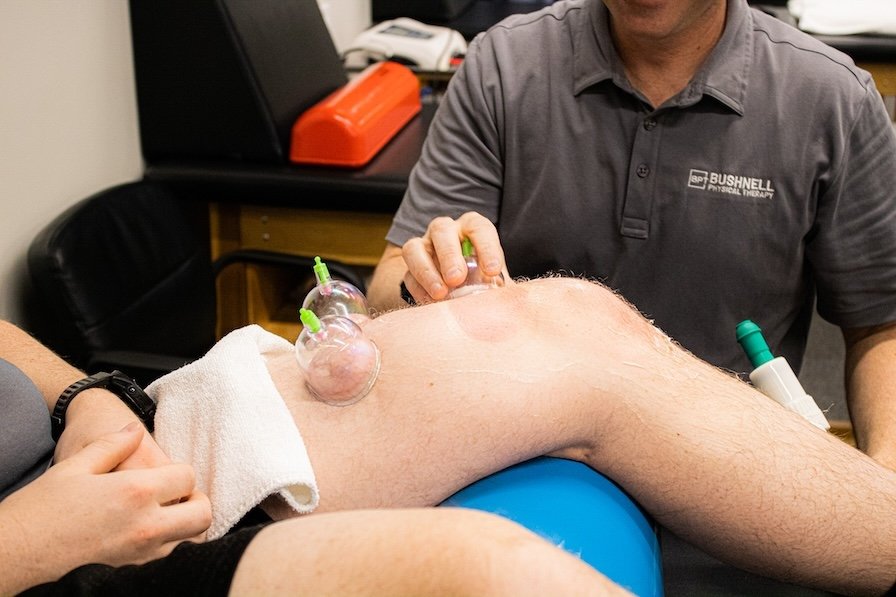
Choose Bushnell for Cupping Therapy
Our outpatient physical therapy office specializes in Myofascial Decompression (MFD), or cupping therapy, with a team of experienced therapists trained in advanced manual therapy techniques. We ensure a tailored approach that integrates MFD with neuromuscular re-education to achieve lasting results.
Experience the benefits of Myofascial Decompression and take control of your movement and pain relief. Contact us today to schedule your session!

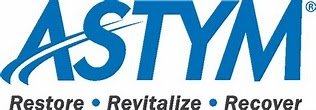
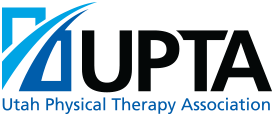

What to Expect During a Cupping Therapy Session
- Assessment & Preparation
- Evaluation of restricted ROM and pain points
- Selection of appropriate body area to address affected tissues
- The patient may change into appropriate clothing to expose the affected area while maintaining modesty.
- Cupping Application
- The skin surface is prepared with a lotion to ensure smooth application.
- Cups applied strategically
- Suction maintained for 3-5 minutes
- Incorporation of passive and active movement of the body part

Primary Benefits of Service
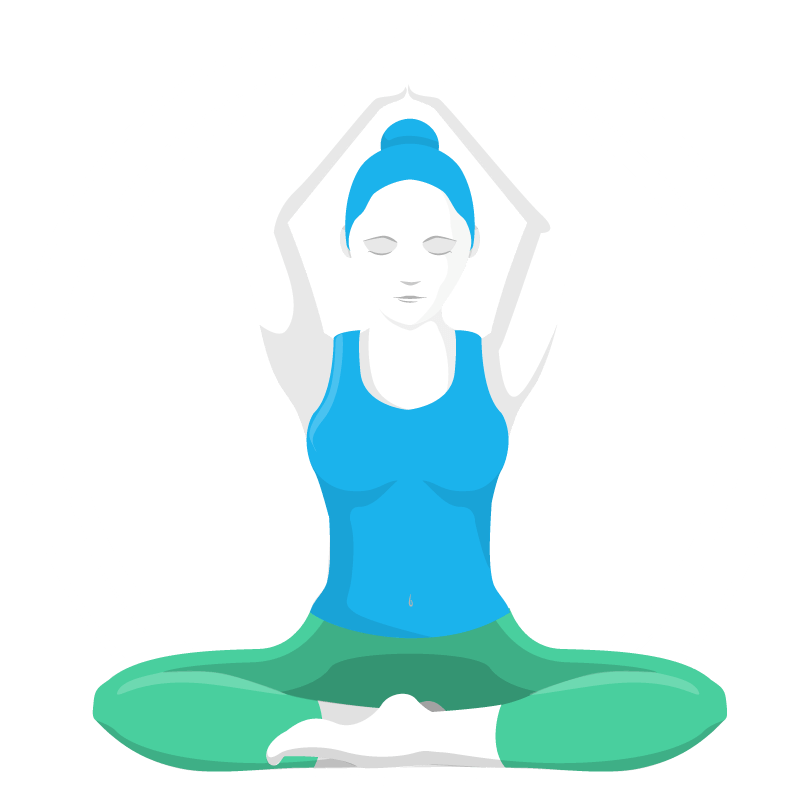
Increases blood flow and nutrient exchange to restricted tissues

Reduces muscle tightness and pain and trigger points by improving oxygenation and improving tissue mobility
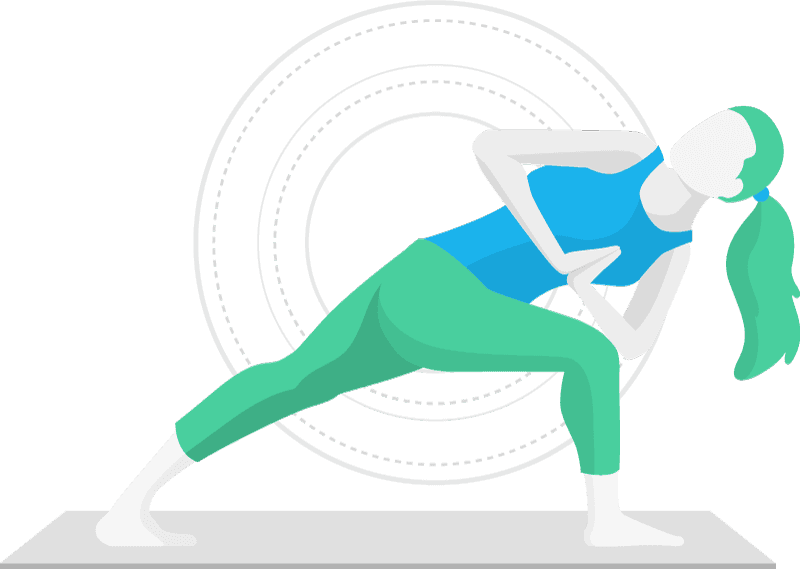
Enhances range of motion (ROM) by decreasing tissue adhesions

Promotes neuromuscular re-education to restore proper movement patterns to decrease pain
What Our Customers Are Saying
Don’t just take it from us, let our customers do the talking!
“Bushnell Physical Therapy is fabulous. Their physical therapists and aids are caring and thorough in their assessment and treatment. They are accommodating and considerate of one’s needs and provide a great environment to heal and improve your mobility and strength. Overall, a great experience.“
“I have loved Bushnell Physical Therapy! Very professional and I always felt comfortable. All my concerns and and worries about my shoulder injury were addressed and I saw immediate results with more movement and less pain. I will definitely go to Bushnell physical therapy for any other problems that come up in the future!”
“Great physical therapy office! Everyone at the office made me feel welcome and relaxed. The treatment was explained well and then it went just as it was explained. No surprises. Orion was very personable and knowledgeable. Great professional manners. Will make this my go-to physical therapy office!“
Schedule an Appointment Today
Our outpatient physical therapy office specializes in Myofascial Decompression with a team of experienced therapists trained in advanced manual therapy techniques. We ensure a tailored approach that integrates MFD with neuromuscular re-education to achieve lasting results.
Experience the benefits of Myofascial Decompression and take control of your movement and pain relief. Contact us today to schedule your session!
Frequently Asked Questions
How many weeks should I expect to come in after surgery?
The length of physical therapy depends on the type of surgery and how your body heals. Most rehab plans last 6 to 12 weeks, but some conditions take longer:
- Knees: 12 to 16 weeks to return to running or high-impact activities
- Shoulders: 8 to 16 weeks for strength and restoring ROM
- Ankles: 8 to 12 weeks for stability and ability to participate in high-level activities.
- Hips: 8 to 12 weeks for improved movement and strength
- Backs: 6 to 8 weeks for pain relief and mobility
Your progress depends on factors like your specific procedure, how well you follow your rehab plan, and your overall health. Your physical therapist will guide you through each step to ensure a safe and efficient recovery.
Who is a good candidate for MFD?
- Individuals struggling with restricted ROM due to muscle/tissue tightness
- Those experiencing pain in any area despite no structural damage
- Post-injury recovery to prevent excessive scar tissue formation
- Athletes and active individuals looking to optimize movement patterns
What conditions and injuries are treated with cupping therapy?
Cupping therapy is effective for a wide range of musculoskeletal conditions, including:
- Muscle Strains & Chronic Muscle Tension: Helps reduce tightness and improve flexibility in overworked muscles.
- Tendonitis: Promotes blood flow to inflamed tendons for faster healing.
- Back & Neck Pain: Releases tension in the paraspinal muscles to reduce discomfort and stiffness.
- Shoulder Pain: Addresses restrictions from rotator cuff injuries, impingement syndromes, or frozen shoulder.
- Hamstring Injuries: Improves tissue mobility to enhance recovery from strains.
- Plantar Fasciitis: Reduces fascial tightness and pain in the foot.
- Overuse Injuries (e.g., Bursitis): Helps break down adhesions and relieve inflammation.
- Post-Surgical Adhesions: Assists in mobilizing scar tissue to restore normal movement.
How does cupping therapy work?
MFD targets both the Peripheral Nervous System and Central Nervous System by influencing the body’s response to pain and mobility restrictions. It works through:
- Trigger Point Management: Bringing in blood flow to release tight, overactive muscles
- Reducing Fascial Density: Mobilizing thickened connective tissue for better movement
- Neuromodulation: Altering pain perception by sending new signals to the brain during and after cupping session
- Restoring Proprioception: Improving awareness of movement compensations
What does Myofascial Decompression (cupping therapy) feel like?
MFD treatment can be slightly uncomfortable in the moment, but it should not be painful. If treatment becomes painful please let your provider know so they can adjust the treatment.
When pressure is applied in the cup it can feel like a pinching sensation. There are different pressures that can be chosen for the cup so the pressure can be increased or decreased.
Pressure sensation may be more intense while stretching is performed.
Relief of symptoms may present as a decrease in pain, tension, radiating pain, or stiffness.
Relief may be felt immediately after treatment or it will take a day or two for relief to present itself.
What do I need to know about post-treatment care?
Post-treatment care includes:
-
- Neuromuscular re-education exercises to reinforce new ROM
- Strengthening of opposing muscle groups to maintain balance
- There is a possibility of circle marks being left behind that can range from pink to purple in color, due to the increased blood flow to the area
Reach out today
If we didn’t answer all of your questions, feel free to drop us a line anytime.
